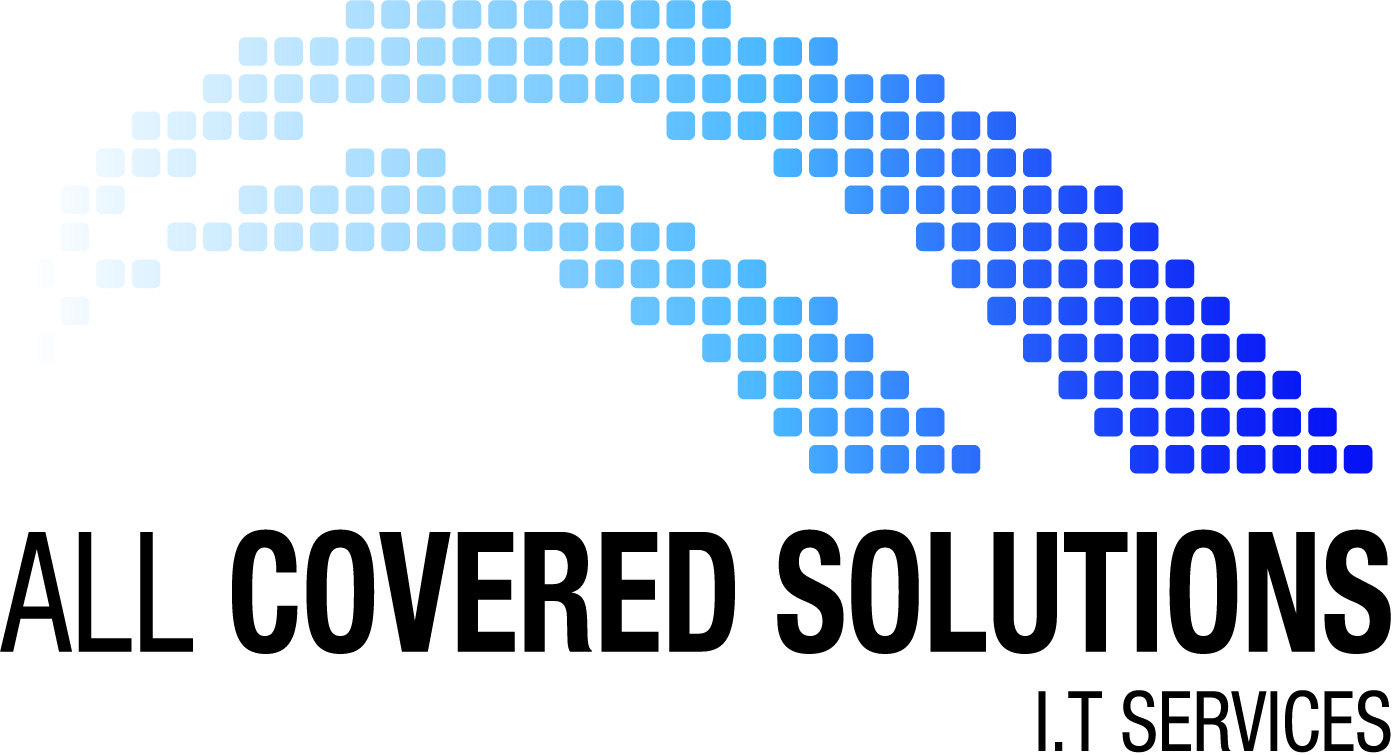If you run a business, you know that ransomware attacks are no joke. They can bring operations to a standstill, compromise sensitive data, and drain your financial resources.
With all the recent high-profile ransomware attacks in the news lately, there’s absolutely no excuse to not be protected anymore! It’s absolutely crucial for organisations to grasp the ins and outs of ransomware and increase their cyber security posture to safeguard their data.
Today, we’ll dive into what exactly ransomware is, its potential impact on businesses, and the essential steps you can take to protect your company from these relentless attacks. By implementing these safeguards, you’ll reduce the risk of falling victim to a ransomware attack and ensure the resilience of your organisation.
So, grab a cuppa, sit back, and let’s dive into the world of ransomware defence together!
Ransomware 101
Before we learn how to protect against attacks, we need to take it back to basics to answer the question “What actually is ransomware?”.
Ransomware is a type of malware that gets into a computer and encrypts files to make them inaccessible. From here the hackers are able to request payment of a ransom to release the “kidnapped” files.
Cyber criminals employ various attack vectors to spread ransomware. If you want to protect your business, it’s essential to identify the common entry points and attack vectors used by ransomware perpetrators. These can include:
- Phishing emails – These emails are used to deceive unsuspecting users into opening infected attachments or clicking on malicious links. This allows ransomware to be delivered directly to the victim’s system.
- Unpatched Software and operating system – When hackers discover that you have outdated systems, they take advantage of known vulnerabilities to infiltrate systems with ransomware. Outdated software often lacks the necessary security updates to defend against such attacks as these vulnerabilities will have been addressed in the latest patch.
- Zero-day vulnerabilities – Cyber Criminals also exploit zero-day vulnerabilities, which are flaws or weaknesses that are unknown to the software developers. This gives them the advantage of launching ransomware attacks before a patch is released, leaving systems exposed and vulnerable.
- Unsecured Public Wi-Fi – Hackers can set up fake Wi-Fi hotspots or intercept data on unsecured public Wi-Fi networks. While these networks are most commonly used to capture sensitive information, they can also inject ransomware onto devices when they connect.
- Compromised remote desktop connections – Access to systems can also be gained through compromised remote desktop connections. This can be done by exploiting weak passwords or system vulnerabilities, granting hackers the ability to deploy ransomware and take control of the compromised device or network.
The 10 Essential Steps to Protect from Ransomware Attacks:
Now that you have a solid understanding of the menacing world of ransomware, it’s time to arm yourself with the essential steps to protect your business from these cyber attacks. It’s time to go through the ten key measures you can implement to fortify your defences and minimise the risk of falling victim to ransomware.
1. Implement Robust Endpoint Security:
Investing in reliable antivirus and anti-malware solutions, along with advanced endpoint protection tools, can help detect and prevent ransomware attacks. Regularly updating these tools ensures they are equipped to handle the latest threats.
Endpoint security solutions should incorporate features like behaviour-based detection, machine learning algorithms, and real-time threat intelligence. Here are All Covered IT, we both use and recommend Sophos Intercept X Advanced for endpoint security. This comprehensive cyber security software combines antivirus, anti-malware, and advanced protection tools. It utilises behaviour-based detection and AI to proactively identify and block ransomware attacks.
With Intercept X Advanced, you can fortify your organization’s defences against evolving ransomware strains and reduce the risk of falling victim to these malicious cyber threats.
2. Regularly Backup Your Data:
Maintaining regular backups of critical data is essential in case of a ransomware attack. Follow the 3-2-1 backup rule, which suggests having three copies of data, stored on two different types of media, with one copy stored off-site or offline. Automated backup solutions and cloud storage services, like Microsoft Azure, can simplify the backup process and ensure that backups are performed regularly.
3. Update and Patch Software:
Timely software updates and patches are crucial to address vulnerabilities that ransomware exploits. Implement a robust patch management strategy to keep your systems secure. This includes updating not only the operating system but also all applications and software used within your organisation.
4. Educate and Train Employees:
Human error is often exploited in ransomware attacks. Conduct regular training sessions to educate employees on identifying phishing emails, suspicious links, and social engineering techniques. Encourage the use of strong passwords and multifactor authentication. Provide examples of real-world scenarios and demonstrate how employees can spot and report potential ransomware threats.
If you are looking for security awareness training for your team, can I point you in the direction of KnowBe4? It’s the world’s largest integrated security awareness training and simulated phishing platform and a powerful tool to enhance your organization’s cyber security posture.
Through engaging training modules and realistic simulated phishing attacks you can address the human element of cyber security, which is often the weakest link in an organization’s defence.
5. Implement Network Segmentation:
Segmenting your network can limit the spread of ransomware. Use firewalls (like Sophis XG Firewall) and access controls to enforce network segmentation, ensuring that even if one segment is compromised, the entire network is not affected. By isolating critical systems and sensitive data, you can minimize the potential impact of a ransomware infection.
6. Strengthen Email Security:
Given that phishing emails are a common ransomware attack vector, it is crucial to strengthen your email security. Implement advanced spam filters and email scanning solutions to detect and block malicious attachments and links. Train employees to be cautious when opening emails, especially those from unknown senders or with suspicious content.
7. Monitor and Analyze Network Traffic:
Implement network monitoring tools to detect any anomalous activity and potential indicators of a ransomware attack. Intrusion detection systems (IDS) and intrusion prevention systems (IPS) can help identify and block unauthorized access attempts. Implement security information and event management (SIEM) solutions to aggregate and analyze log data for potential signs of ransomware activity.
8. Conduct Regular Security Audits:
Periodic security audits and vulnerability assessments help identify and address security gaps. Regularly scan your systems and networks to detect any vulnerabilities that can be exploited by ransomware. Perform penetration testing to assess the resilience of your network defences and identify potential weaknesses that attackers may exploit.
9. Develop an Incident Response Plan:
Have a well-defined incident response plan in place to minimize the impact of a ransomware attack. This plan should outline the specific steps to be taken during an incident, including isolating affected systems, notifying stakeholders, and engaging the necessary resources to mitigate the attack. Assign roles and responsibilities to key personnel, establish communication protocols, and conduct regular drills to ensure a swift and effective response.
10. Consider Engaging Managed IT Services:
By engaging managed IT services providers specialised in cyber security, you can access expert support to safeguard your business against ransomware attacks. These professionals will evaluate your organization’s security posture, establish robust security measures, actively monitor threats, and offer incident response services.
At All Covered IT, we collaborate with businesses across the Gold Coast, Brisbane, and South East Queensland, ensuring continuous protection against phishing attacks and other cyber security risks.
In addition to our expertise in this field, we have partnered with renowned software providers such as Microsoft, Sophos, and Bitwarden, known for their exceptional cyber security solutions. This enables us to not only identify vulnerabilities and implement best practices but also equip you with top-tier software to guarantee ongoing protection.
What are you waiting for?
Protecting your business from ransomware attacks requires a comprehensive and multi-layered approach. By understanding the nature of ransomware, identifying common attack vectors, and implementing the essential steps outlined in this guide, you can strengthen your organization’s defences and mitigate the risk of falling victim to a ransomware attack.
Remember to stay vigilant, keep your systems up to date, educate your employees about the dangers of ransomware, and consider partnering with us here at All Covered IT for expert guidance. By taking proactive measures and prioritising cyber security, you can safeguard your business and minimize the potential impact of ransomware attacks in today’s digital landscape.







